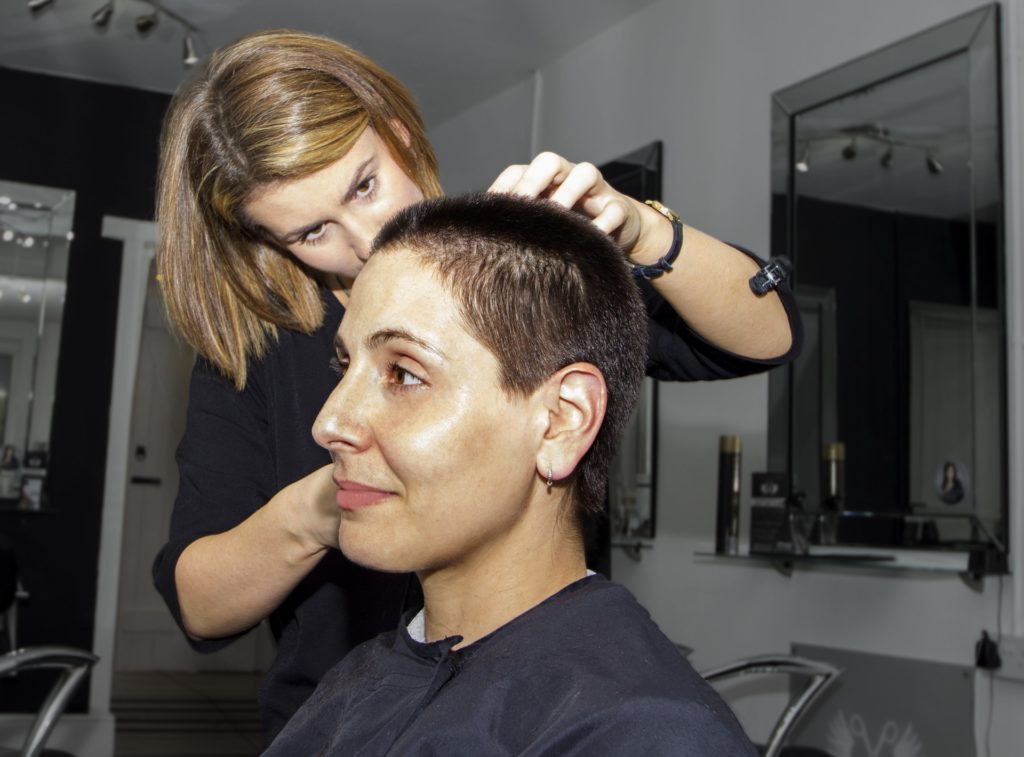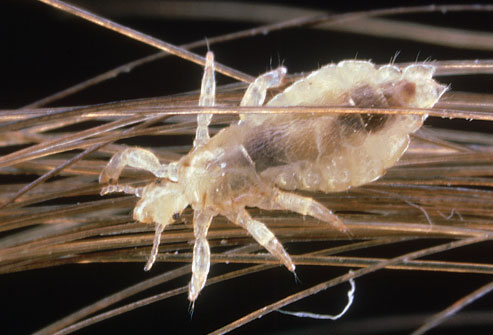Here are some myths about head lice that need to die. Combating these pests will be much easier when we are dealing with facts and avoiding misconceptions.
Here are the most common myths about head lice.
Myth #1: You are more likely to have head lice if you are unhygienic
When you see a person with head lice, one of the first impressions you have is that this person may have poor hygiene. After all, why would this person’s hair be infested by pests if she keeps herself clean?
If this is what you think, you are terribly misinformed. The overall cleanliness of your body has nothing to do with head lice. These little pests don’t discriminate whether you have a clean or dirty scalp. As long as you are a living human being with blood ready to be sucked, you can be a target of a head lice infestation.
Myth #2: Head lice prefer long hair
If you cut your hair short just to prevent yourself from getting head lice, again, you are misinformed. You are not protecting yourself any better than the person with shoulder-length hair.
The length of your hair doesn’t matter to these bloodsuckers. As said earlier, they are not particularly picky. As long as you have hair to cling to and blood to suck on, you are as likely a victim as a person with long hair.

Myth #3: Head lice can fly or jump
You hear that this or that person has a head lice infestation going on, and you respond by staying away from that person as far as you can. This is because you think head lice can fly or jump onto your hair and start an infestation.
This is one of the most common myths about head lice. These insects actually cannot fly or jump. They can only crawl. The most common way to get them is through head-to-head contact with someone who has them.
Once you make head-to-head contact with an infested person, these insects can quickly cling onto your hair with their claws.
Myth #4: There is a big chance to get head lice if you share items with a person who has them
Aside from head-to-head contact, there are other ways to get head lice. For example, you may get head lice if you happen to sit on a restaurant seat that happens to have head lice in it. But this is very unlikely. Head lice die within a few hours without a host.
For this reason, head lice cling really well onto their victims. They are not easily transferred to brushes, combs, hats, helmets, and other objects that make contact with the infested person’s hair.
Still, it’s recommended not to use these objects. But if you accidentally use them, don’t worry too much. It’s not the end of the world and you’re not likely to get head lice immediately.
Myth #5: An itchy scalp automatically means you have a head lice infestation
If you see yourself scratching your scalp more and more often, don’t panic just yet. This doesn’t automatically mean that you have head lice. An itchy scalp can mean a lot of things. For example, you may have dandruff, which doesn’t sound as bad as having small insects feast on the blood on your scalp.
Also, many people who have head lice don’t experience itching in the scalp at all.
Myth #6: You can get head lice from your pets (and vice versa)
Yes, there are insects that can be transmitted between you and certain animals, such as ticks. But head lice are not among these insects.
Head lice only prefer the warmth of human scalps and the taste of human blood.
So, there is no reason to stay away from your pets because of the impression that head lice can be transmitted between you and them. There is also no reason to blame your pets for your head lice infestation, because you have surely contracted the head lice elsewhere.

Myth #7: Head lice carry diseases
No, head lice don’t carry or spread any kind of disease, as far as the medical community knows. So, it’s safe to say that head lice are not as dangerous as previously thought and getting them is not the end of the world.
But this doesn’t mean that you can just ignore head lice. They can be very troublesome. They can make you so itchy that you can have trouble sleeping. You can even get a skin infection from too much scratching. These insects can also make you develop rashes from their bloodsucking ways.

Myth #8: Only kids get head lice
There is this terrible misconception that only kids get head lice, and this has to stop. As mentioned earlier, head lice are not that discriminating when it comes to their hosts. Parents, or adults in general, could be hosts too.
So, if you are a parent who has a child with head lice, or an adult who lives in close proximity to a child with head lice, don’t think that you are immune. In fact, you can be at high risk, because you are always in contact with a person who has head lice.

Myth #9: Kids with head lice should be sent home from school
Another misconception about kids and head lice is that kids mainly get head lice from school. Though it is true that head lice can be transmitted among students at school, there are many other places transmission can occur too. Examples of such places are camps, day cares, and sleepover houses.
The super strict policies of schools regarding head lice have contributed to this misconception.
“No-nit” policies in schools where students with nits are isolated or sent home are overreactions. As mentioned earlier, the most common way to transmit head lice is through head-to-head contact, so there is no reason for such a reaction from schools.
These are the common myths about head lice
No, head lice don’t prefer dirty and long hair. As long as you are a living human being with a warm scalp and blood, you are likely a victim.
Head lice are mainly transmitted through head-to-head contact, so there is no reason to completely avoid people who have them. Head lice cannot fly, jump, or do other tricks to get into your head.
These insects are not really that big of a health hazard, but they should not be ignored because they can lead to skin infections from too much scratching.
These are the facts about head lice. If we learn how to separate facts and myths about these insects, we can combat them more effectively and avoid discriminating people around us unnecessarily.

